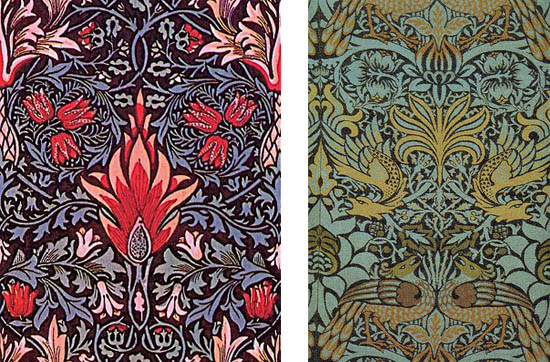Last updated on
Depending on how one defines it, some might consider that the cave paintings in Lascaux, France or the hieroglyphics of ancient Egypt could be considered graphic design. That poses a bit of a conundrum when it comes to exploring the, “history of graphic design” though! There is also a lot of cross over between design and art (even today). Most would agree however, that graphic design usually serves a purpose and conveys information or a specific message visually. Graphic design can combine text, images, artistic images and other elements for this end purpose.
Art and Design
A nice early example of something that could be considered art and graphic design could be illuminated manuscripts. Some of the earliest examples in existence come from around the 5th century. While many were made in monasteries as a way to preserve the books, there have been records of individuals being hired for the task. The example below dates from the 15th century and was created for a nobel couple.

(Source: artknowledgenews.com)
It’s clear from the example above that both design and artistry were involved in creating these and they certainly satisfy the definition by conveying information visually.
Another great example of early design is in playing cards. While the earliest game cards found came from around the time paper made its way across Europe in the 13th century they were far more elaborate than the standard playing cards we know today. And in the case of many, symbolism played an integral part. The designs below are from the extinct German Ancbacher Nuremberg design.
Another graphic art form that bears mention is map making. Many maps were embellished with graphics and illustration. The example below is a decorated map from the 17th century. Use of style, color, placement and of course purpose can easily be seen in many early maps.
Graphic design does not always have to include typography, but can be purely visual and still serve its purpose. A classic example of this can be found in book bindings like the one below from the 18th century. What I personally find most interesting about the bindings is how elaborate they can be and the attention to detail.
Of course text was also incorporated into book bindings and covers. These Jules Verne book covers were designed by Pierre-Jules Hetzel in the 19th century. They’re beautifully intricate but they are also clear examples of graphic design in the layout, placement and use of color (each book was a different color).
The beginnings of modern graphic design …
By the 19th century, graphic design was progressing further with individuals such as William Morris simply because Morris and others created a market for design itself, much like there was a market for traditional art. Morris is most known for helping to found the decorative arts firm of Morris, Marshall, Faulkner & Co. and start the arts and crafts movement. However, his elaborate and fancy textile designs could certainly qualify as graphic art.
While graphic design was certainly used as a form of “advertising” prior to the 19th century I think that era officially married the two and they’ve been having a long and glorious relationship ever since. What is particularly interesting is how trends in design and layout certainly match with the times they’re created in, but have also crossed over to other eras. For example, the two posters below date form the late 1800’s but I’ve seen recent examples that utilize the same style and elements.
The use of typography, the layout, colors and illustration style all come together with the advertising element to produce the more modern product of graphic design.
Want an easy way to show concepts to your design clients?














